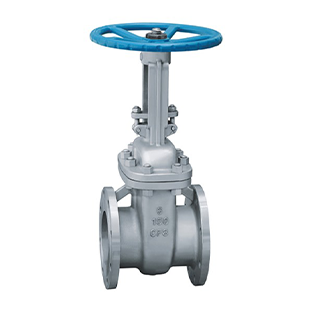lugged butterfly valves
Understanding Lugged Butterfly Valves An Essential Component in Fluid Control
Lugged butterfly valves are an essential type of valve used in various industrial applications to control the flow of fluids through pipes. Their design, which features lugs or protrusions on the valve body, distinguishes them from other types of butterfly valves. This design creates unique advantages that cater to specific operational requirements in many industries, including water treatment, oil and gas, and chemicals.
Basic Design and Functionality
At its core, a butterfly valve consists of a circular disk or vane that rotates within the flow pathway to either obstruct or allow the passage of fluid. The lugged butterfly valve incorporates specific lugs that are typically threaded, allowing for easy mounting between two flanges. This feature is particularly crucial in applications where the valve may be removed from the piping system, as it can be bolted directly to the pipe flanges without the need for additional support.
One of the primary benefits of lugged butterfly valves is their ability to handle high pressures and temperatures, depending on the materials used in their construction. Common materials include ductile iron, stainless steel, and various plastics, each selected based on the fluid being controlled and the environmental conditions.
Advantages of Lugged Butterfly Valves
1. Simplified Installation and Maintenance The lug design allows for easier installation and removal of the valve, which is a significant advantage in maintenance-heavy environments. Technicians can remove the valve without needing to disconnect the entire piping system, thereby reducing downtime.
lugged butterfly valves

2. Cost-Effectiveness Lugged butterfly valves are generally more affordable than other types of valves, such as gate or globe valves. Their simple yet effective design allows manufacturers to produce them at a lower cost while still providing reliable performance.
3. Space Efficiency The compact design of butterfly valves, especially lugged types, makes them ideal for installations where space is limited. Their low profile allows them to fit into tight spaces while still providing optimal flow control.
4. Versatile Applications Lugged butterfly valves can be used in various applications, from regulating water flow in municipal systems to controlling chemical processes in manufacturing plants. Their ability to handle different types of fluids, including those that are corrosive or viscous, expands their usability across industries.
Limitations and Considerations
Despite their numerous advantages, lugged butterfly valves do have some limitations. For instance, they may not provide as tight a seal as some other valve types, which can be an essential factor in specific applications. Additionally, proper sizing and selection are critical to ensure their effectiveness, as oversized valves can lead to reduced control over flow rates.
Conclusion
In summary, lugged butterfly valves play a vital role in fluid control across various industries. Their unique design offers several benefits, including easy installation and maintenance, cost-effectiveness, and versatility in applications. While there are limitations to consider, the advantages often outweigh the drawbacks, making them a popular choice for engineers and operators alike. As the demand for efficient and reliable fluid control solutions continues to grow, lugged butterfly valves will undoubtedly remain a crucial component in modern industrial systems.
-
The Key to Fluid Control: Exploring the Advantages of Ball Valves in Industrial SystemsNewsJul.09,2025
-
The Versatile World of 1, 2, and 3 Piece Ball ValvesNewsJul.09,2025
-
Stainless Steel Ball Valves: The Ideal Choice for Efficient Flow ControlNewsJul.09,2025
-
Optimizing Fluid Control with Ball Float ValvesNewsJul.09,2025
-
Manual Gate Valves: Essential for Control and EfficiencyNewsJul.09,2025
-
Everything You Need to Know About Butterfly ValvesNewsJul.09,2025
-
The Versatility of Wafer Type Butterfly ValvesNewsJul.08,2025




